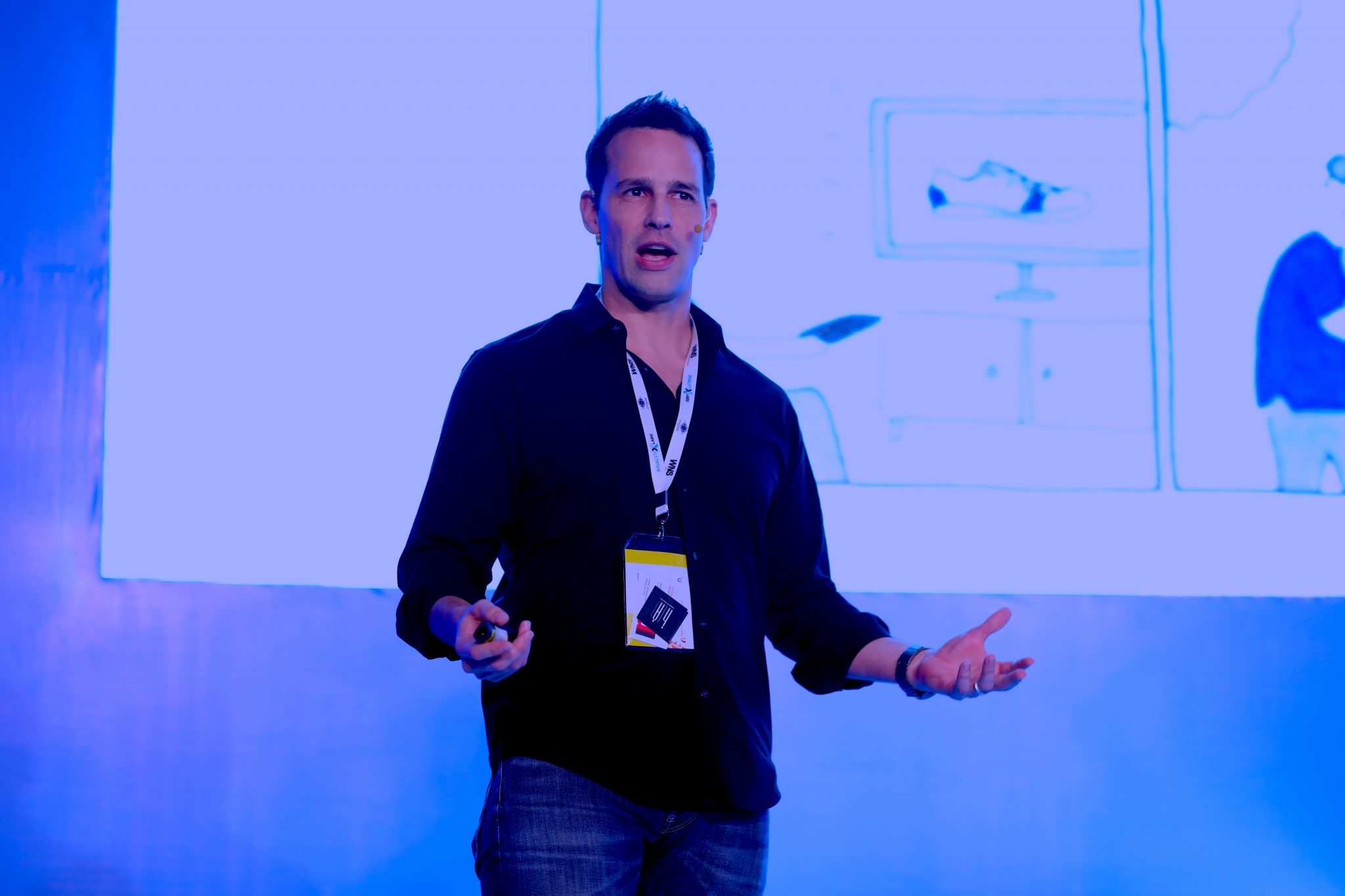Explainability frameworks in AI : building model trust for learning systems to take-off in aviation
In aviation, where safety and reliability are non-negotiable, building trust in AI systems requires more than just accuracy—it demands explainability. This session explores how explainability frameworks can help learning systems gain acceptance and regulatory approval in aviation by making AI decisions transparent, interpretable, and actionable. From techniques such as LIME and SHAP that provide post-hoc interpretability to structured frameworks like Explainability Fact Sheets and IBM’s AI Explainability 360, the focus will be on ensuring that pilots, operators, and regulators can understand and trust the reasoning behind AI outputs. Real-world applications such as runway friction prediction, airspace conflict resolution, and pilot candidate assessment will highlight the role of explainability in enhancing safety and collaboration between humans and AI. The discussion will also address challenges such as balancing model accuracy with interpretability and ensuring consistency across methods, while emphasizing a roadmap for embedding explainability from design to deployment. By establishing trust through transparency, explainability frameworks can pave the way for AI-powered learning systems to truly take off in aviation.
Explore more about Cypher
Partner with Cypher
Since 2015, Cypher is partnering with leading tech and AI brands from across the world and derive exceptional value.
Talk to AIM team for more details.
Grab your ticket for a unique experience of inspiration, meeting and networking for the AI & data science industry
Book your tickets at the earliest. We have a hard stop at 1200 passes.
Note: Ticket Pricing to change at any time.
Recommended
Standard Pass
- Group rate available on 3 or more passes
- Full access to the show
- Access to content from industry legends and keynote sessions
- Conference Lunch on all 3 days
- Goodies Bag
- ₹15000
VIP Pass
- All the benefits of a Standard pass plus…
- Dedicated Whatsapp Support (before, during, and after the show)
- VIP check-in
- Platinum Seating - front-row seats reserved for you at all sessions
- Exclusive Platinum Lounge Access - A lounge for VIP pass holders and Speakers only!
- Priority Lunch area
- Post event synopsis and findings
- Goodies bag with Exclusive Cypher Merchandise
- 1 Year Digital Subscription of AIM
- ₹50000
Explore More About Cypher
Join thousands of attendees, learning and networking at Cypher.
Register for Cypher
We offer Group Discount
Make AI in India
AIM Media House
©2015-2025 Cypher is a conference property owned by AIM Media House. Any unauthorized use of these names, or variations of these names, is a violation of national & international laws.






